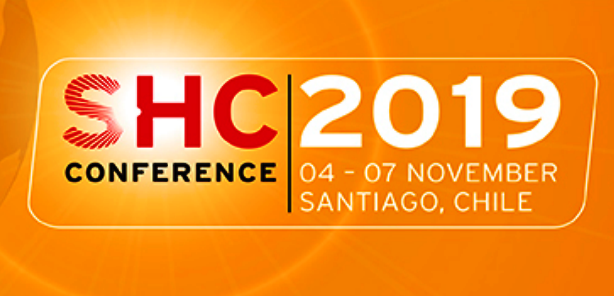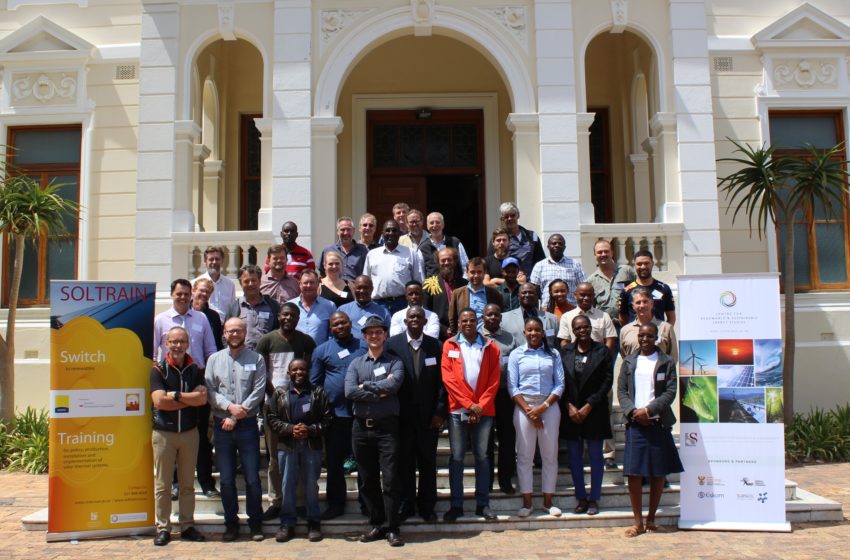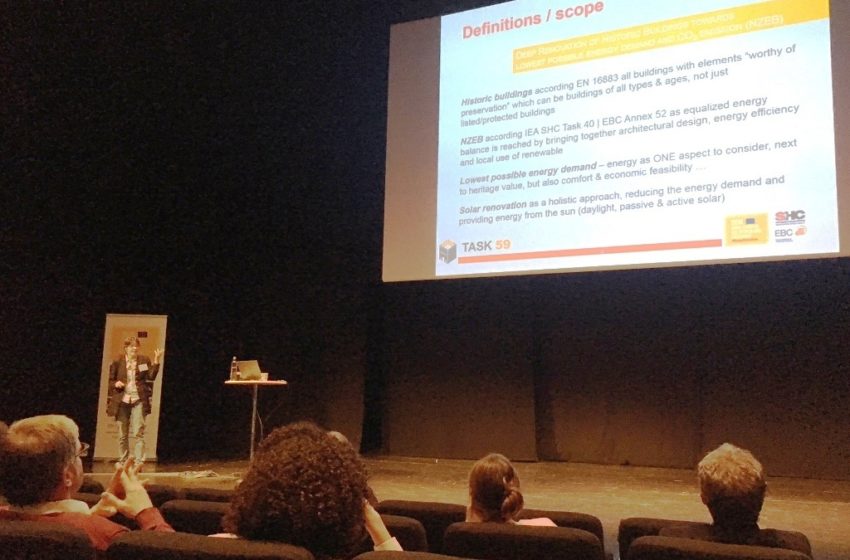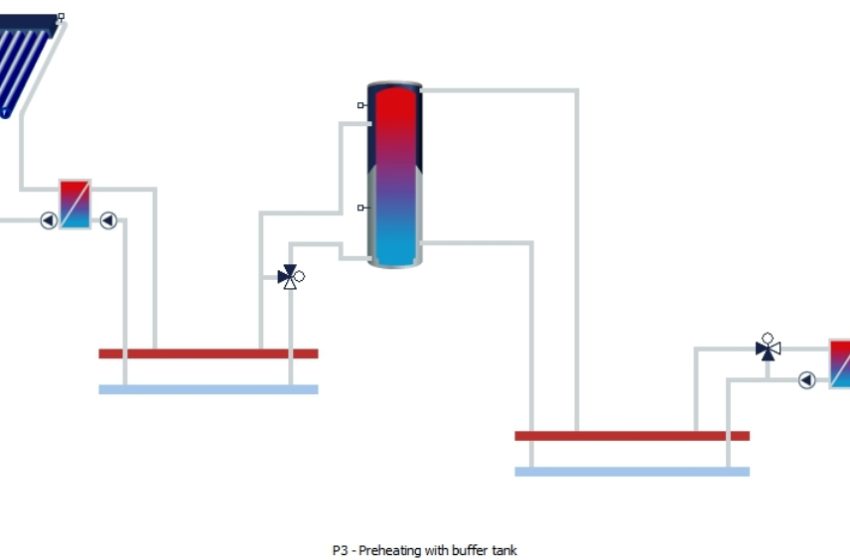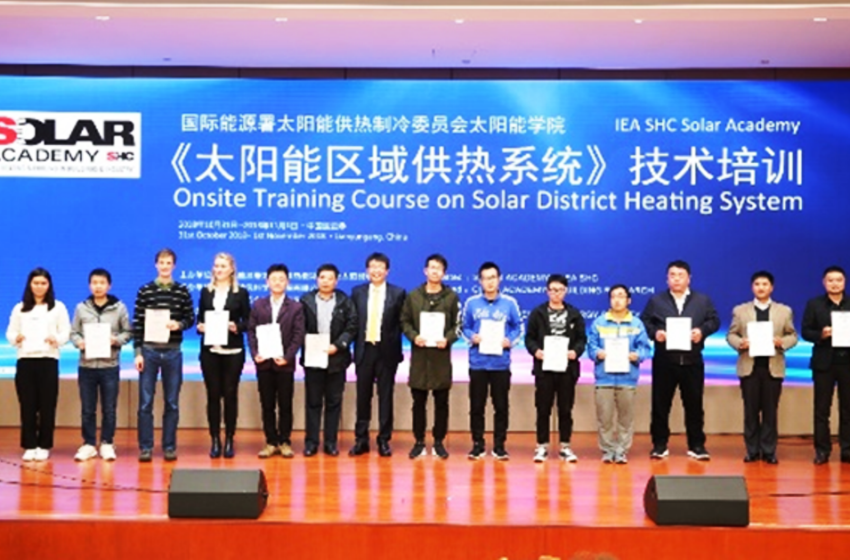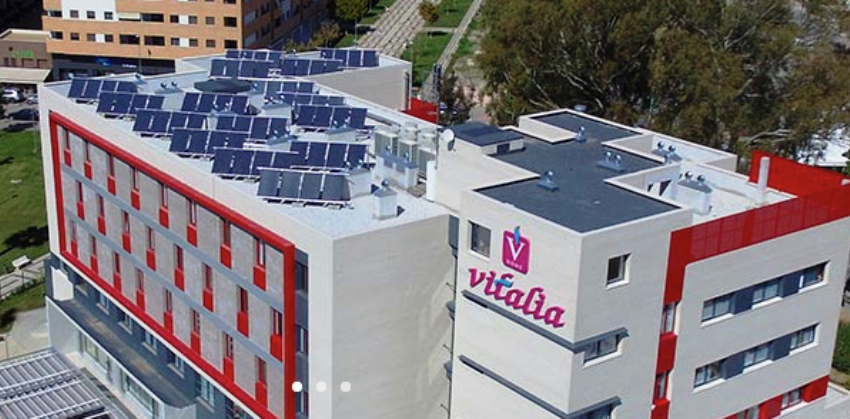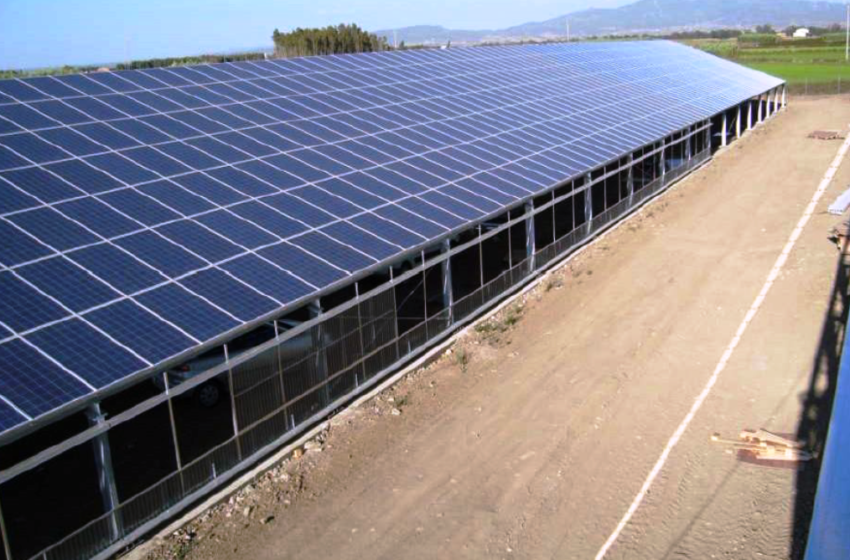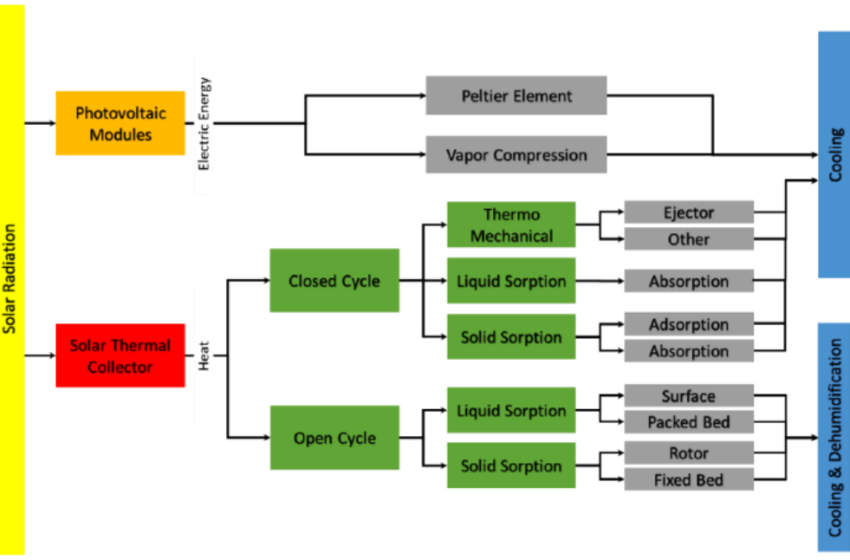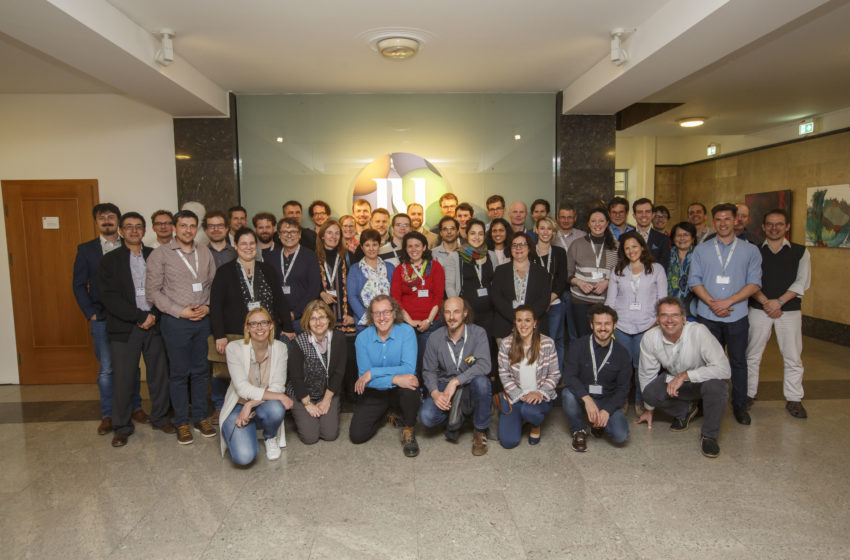In 2019, the International Conference on Solar Heating and Cooling for Buildings and Industry (SHC) will again take place together with the ISES Solar World Congress (SWC). The events will […]Read More
Around 40 attendees from Botswana, Lesotho, Mozambique, Namibia, South Africa and Zimbabwe benefitted from a three-day training course on Solar Cooling and Air Conditioning at the University of Stellenbosch, South […]Read More
That a wider use of quality standards in the solar thermal sector leads to increased internationalisation and cost saving for manufacturers was the conclusion of those listening to a webinar […]Read More
The 3rd International Conference on Energy Efficiency in Historic Buildings (EEHB 2018), which took place in Sweden in September, proved to be the perfect location to show the work of […]Read More
As use of solar heat in manufacturing is still at an early stage, planners and engineers require tools to model and compare differently sized systems and ideas for process integration. […]Read More
On 29 and 30 October, the Solar Academy of the IEA SHC Programme held a 1.5-day training course on solar district heating in Lianyungang, at Sunrain Solar Energy’s headquarters. It […]Read More
Local production of PVT panels and systems which achieve high solar fractions by using seasonal storage: This is the main objective of Spanish start-up company Abora, based in Saragossa. It […]Read More
Homes, hospitals, hotels, industrial facilities and greenhouses (see photo): These are some of the many uses for turnkey PV systems produced by Millennium Solar, an Israeli business which was set […]Read More
The latest generation of solar air conditioning systems comes in a vast variety of configurations. As shown in the diagram above, their source of energy is either solar heat or […]Read More
Compared to water, phase change materials (PCMs) offer more capacity to store heat in tanks. As a consequence, researchers in all corners of the world have been developing new materials […]Read More
